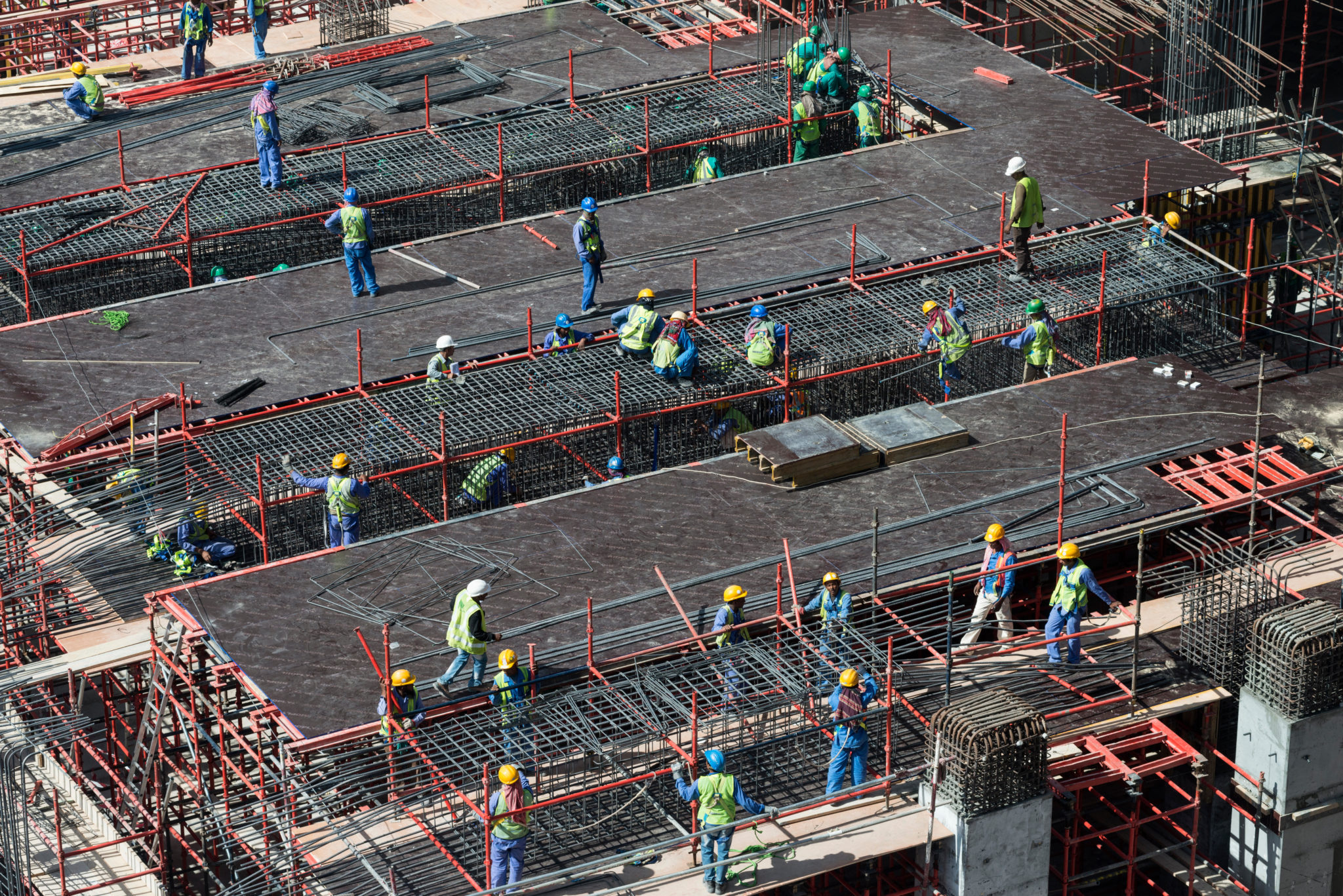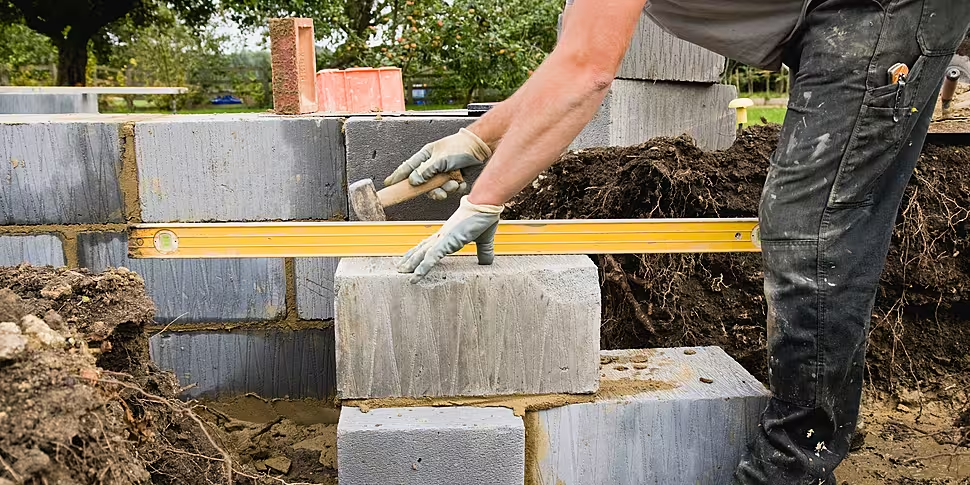A controversial 10% levy on concrete blocks will be delayed, watered down or even abandoned, TDs expect.
After the mica redress scheme was finalised last year, the state announced it would also bring in the levy to offset the cost.
However, that was before the soaring inflation of 2022 and the Irish Examiner reports that Housing Minister Darragh has told Fianna Fáil TDs that the levy in its current form is “dead”.
On Friday, Taoiseach Micheál Martin hinted that the scheme needed to undergo alterations.
“This was agreed in November, prior to the war,” he said.
“Since then we’ve had a war in Ukraine, we’ve had huge increases in energy prices and increases in commodities in respect of the construction industry also.
“So we have to balance this.”
Who pays?
The scheme was expected to raise €80 million for state coffers but critics warned that the cost would not be paid by the construction industry.
“It’s the knock on consequences of this that is the problem,” Philip Ryan, Political editor of Independent Newspapers, told On The Record with Gavan Reilly.
“This idea… that this levy will be shouldered by people buying houses.
“The construction industry won’t go, ‘Okay, we’ll pay for that extra 10%.’ They’ll add it on.”
 Construction site of high-rise apartments.
Construction site of high-rise apartments.The levy was predicted to add between €3,000 to €4,000 to the cost of a new property and opponents warned that it was the wrong tax in the middle of a housing crisis.
“It doesn’t get debated too much and that the mica redress scheme and the various other redress schemes are gonna cost between €4 and 6 billion,” Mr Ryan added.
“That is a huge amount of money and someone has to pay for that and it’s not going to be the construction industry.”
Main image: A concrete block.









